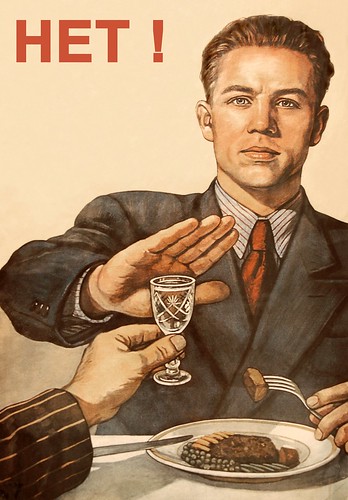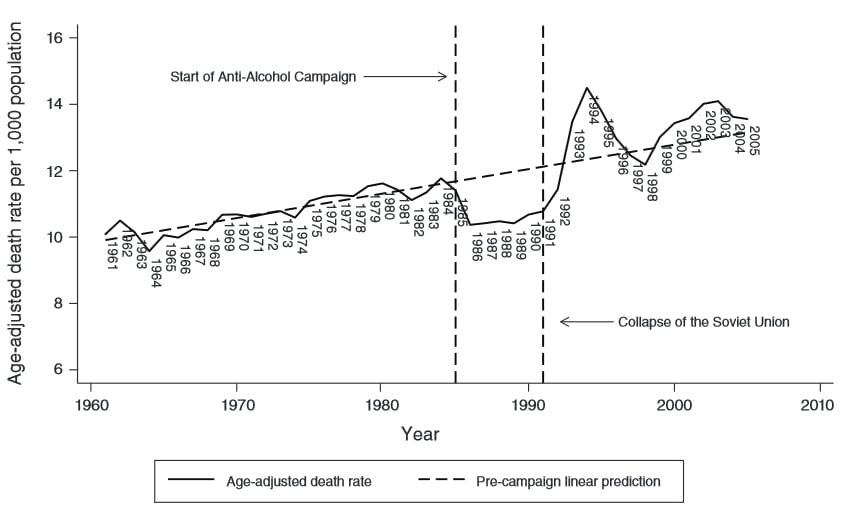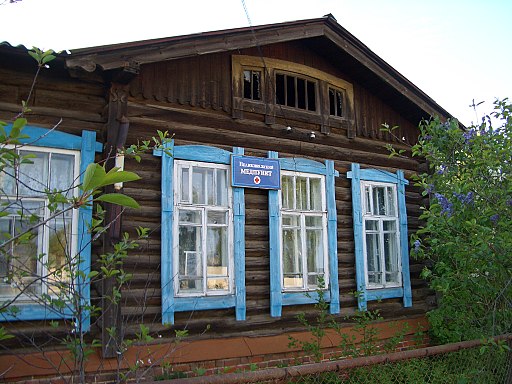Why fair pay policies are needed to stop the East European brain drain
By Sean L Hanley, on 5 December 2013

Within the European Union there is an East-West gap, in health and innovation. The gap is widening because eastern European member states (such as Poland, Romania, Latvia, Hungary and Slovakia) are winning a tiny proportion of science grants from European central funding.
Scientist salaries and jobs have hit rock-bottom following austerity measures, not only in eastern Europe but also in many southern member states. Scientists are fleeing westward, fleeing out of the EU, or just out of science. Although the main funding body European Commission is now working to help, its current policies on salaries may be causing a brain drain.
As the EC prepares its research and innovation pot of €71bn to be awarded competitively under the “Horizon 2020” programme, it is also preparing additional programs to help struggling regions restructure to be more competitive for that money. However, the most powerful medicine for the recent cocktail of grim circumstances may be a simple principle: Equal pay for equal work.
Eastern Europe has huge scientific potential, but getting there from where we are now will require smart actions at the EC, national government and grassroots levels.
How bad is the situation? With regard to winning a share of central funds, the EC’s own impact assessment of health-related research found that the 12 newest member states participated on only about 6% of projects. Worse, they took home only 2.5% of the total funds collectively. Compare this with the original 15 member states with 78% participation and 85% of funds (the rest of the funds went to participants outside the EU). To put this in context; the original 15 member states had received 34 times more health research funding, a difference that cannot be explained by their 3.8 times larger population nor even their 12.8 times greater contribution to the EU budget. Other areas of science show similar patterns.
So what is in place to help poorer member states under Horizon 2020? Unfortunately, acknowledgement of a crisis and plans to tackle it are largely missing in the standard documentation. You have to call up the right people in the EC and connect the dots. (more…)
 Close
Close




